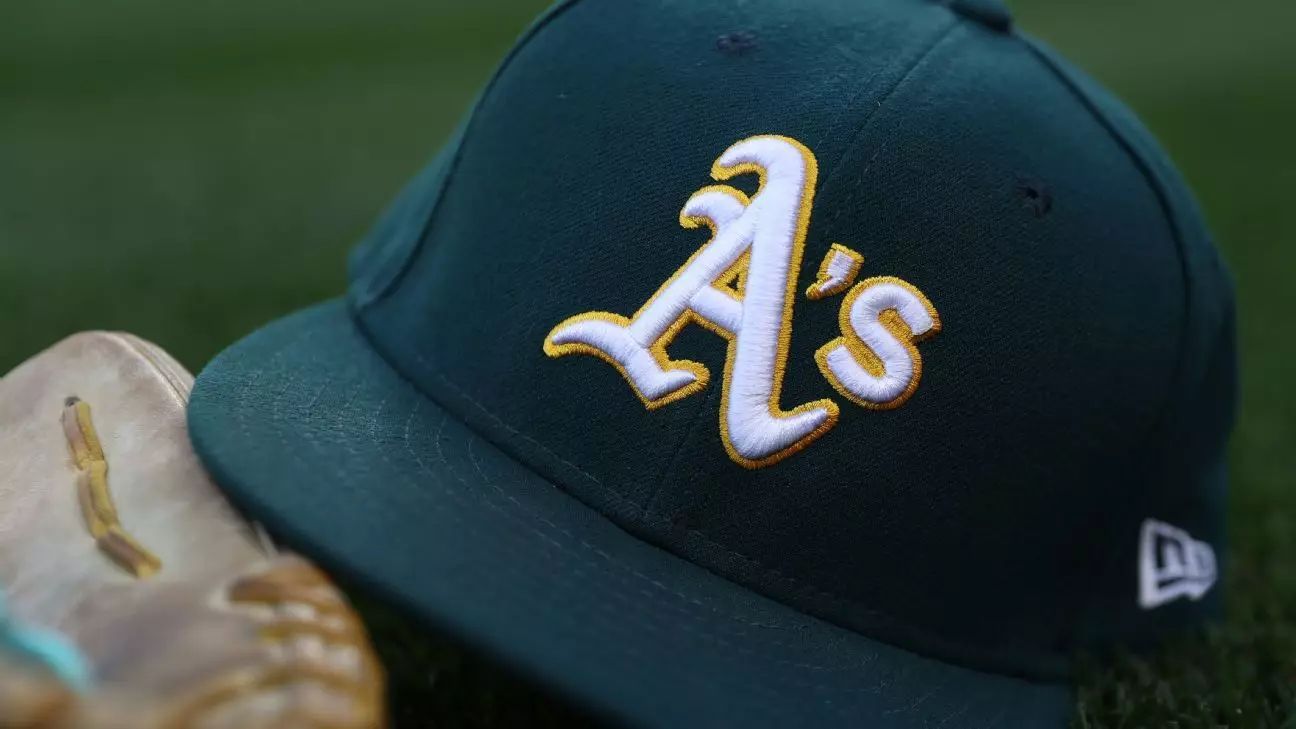After concluding their final season in Oakland, the Oakland Athletics have embarked on a temporary yet crucial transition phase, setting their sights on a three-year stay in Sacramento, California, where they will share Sutter Health Park with the Sacramento River Cats, a Triple-A affiliate of the San Francisco Giants. This period is essential for the franchise as it prepares for a definitive relocation to Las Vegas by 2028.
One of the most pressing decisions made during this transition has been regarding the playing surface for the temporary ballpark. Originally, Major League Baseball (MLB) planned to install artificial turf at Sutter Health Park. The rationale was clear: synthetic surfaces are incredibly durable and could withstand the pressures of hosting two teams. However, concerns raised by the MLB Players‘ Association changed the course of action. Their apprehensions centered around the extreme summer heat commonly experienced in Sacramento, where recent temperature records pushed the mercury to an average of 103.8 degrees Fahrenheit over a staggering 20-day stretch.
After careful consideration and consultation with field expert Murray Cook, the MLB has determined that a natural grass surface will indeed be viable. This decision is not merely cosmetic; it reflects a commitment to player safety and comfort. The players‘ clear preference for natural grass underscores the league’s responsiveness to the needs of those physically engaging with the field.
Sacramento’s climate poses unique challenges for any sporting event. The extreme heat can drastically elevate on-field temperatures, particularly with synthetic surfaces, which are known to trap heat and can lead to discomfort or even increased risk of injury among players. The pivot to natural grass demonstrates a proactive approach to mitigating such risks—an effort that speaks volumes about MLB’s evolving relationship with player health and well-being.
In addition to the focus on the playing surface, the A’s plan to invest in the broader infrastructure of Sutter Health Park. Renovations will encompass clubhouses, dugouts, and bullpens, creating an environment that prioritizes functionality and comfort for all players. These upgrades indicate that while the A’s may be in transition, their commitment to providing high-quality facilities remains steadfast.
The athletics remain poised to soothe their fan base and players alike with their temporary arrangement. Moreover, the A’s maintain an option for an additional season in Sacramento if unforeseen delays occur regarding the construction of their new fixed-roof stadium in Las Vegas. This flexibility could serve as a lifebuoy for the franchise, providing them with the necessary time to navigate challenges as they arise.
In essence, the Athletics‘ decision to prioritize natural grass over synthetic turf as they transition to Sacramento reflects a broader commitment to player safety and health. As they prepare for their opening day in 2025, the A’s demonstrate that their time in Sacramento will not only be a temporary fix but also a thoughtfully considered phase that aligns with the preferences and well-being of the very players that the game is built around. This era of adaptability and care could set a significant precedent for future discussions around player conditions and stadium management across Major League Baseball.


Napsat komentář